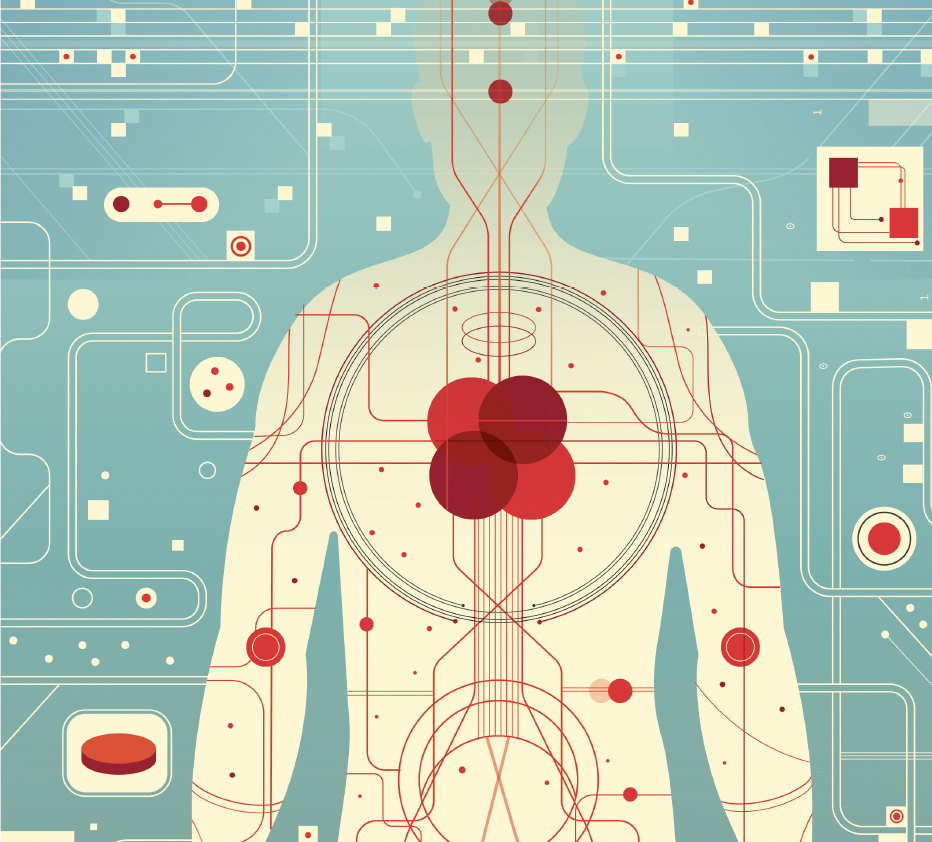
Precision EM: Teaching Social Equity
Italo Brown, MD is working to ensure health equity and social justice training is part of medical school curriculum.
Training Future Physicians on Health Equity and Social Justice
Q&A with Italo Brown, MD, Clinical Assistant Professor of Emergency Medicine
You have been designated the Social Justice and Health Equity Lead for the Stanford MD training program. What is the primary goal of the group?
Medical students need to develop a health equity lens and a compass for social justice, and the responsibility is on us as a community to make sure this is fully integrated into their curriculum. I spend a lot of time convening other folks for brainstorming sessions about what can work and what can’t. I try to identify training gaps and connect the resources to address them. For example, we know the use of race-based algorithms in assessing a patient’s Estimated Glomerular Filtration Rate (eGFR) has been one of the most cited topics when we talk about the racialization of medicine, but students weren’t hearing about this. I met with the course director and now we have a panel discussion of nephrology experts discussing the issue.
What additional progress has been made?
We recently inserted health equity content into medical school pre-clerkship courses to explore how social determinants affect health outcomes for people who are typically marginalized. And we’ve integrated health equity rounds to general surgery, family medicine, and emergency medicine core clerkships. We have case-based dialogue around how underlying health equity issues affect health outcomes. For example, we talk about cystic fibrosis, which is typically associated with white individuals, and sickle cell diseases, which predominantly impacts people of color, and we look at differences in times for admission, or times to receiving pain medication, and the implicit bias that comes along with these two diseases.
How did you become interested in this work?
I studied under the late Dr. Bill Jenkins who was key in raising awareness and getting the government to acknowledge wrongdoing on the Tuskegee experiments. He is a major force in why we understand Black medical distrust and why we are aware of experimentation on black bodies. He made an investment in me as a teacher when I was 20 years old. My way of paying it back and showing a return on his investment in me is to do this work.
How does your work with barbershops inform your work on the committee?
I was fortunate to become involved in TRAP medicine, which utilizes barbershops as a venue for conversations about men’s health care. I think barbershop-based health initiatives have a clear place in health care and medical training because they address topics that have often been in the blind spots of institutions. During COVID, we shifted to social media and screening sites to get the messages out to the Black community. It’s important that medical students understand the different venues for these conversations.
Why is emergency medicine an important leader in this space?
In emergency medicine, we are already connectors. Every day we interact with other services in the hospital and speak their languages, and so that ability to communicate, translate, and integrate material across different disciplines allows us to be a strong voice for issues of health equity.

